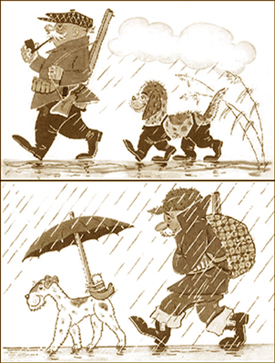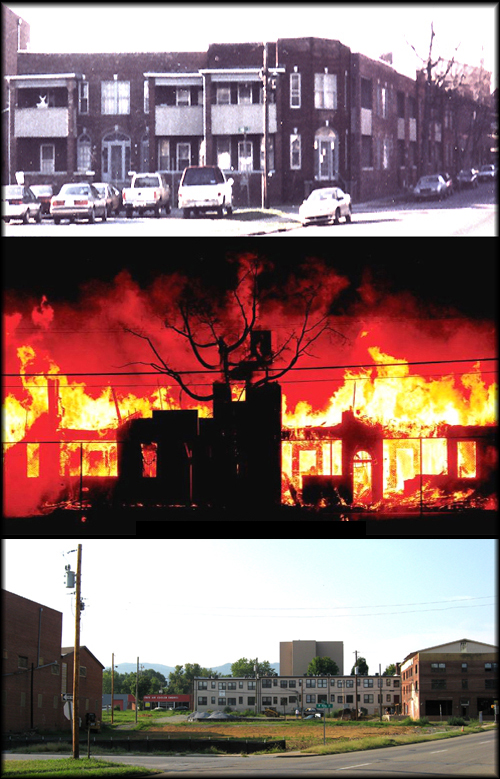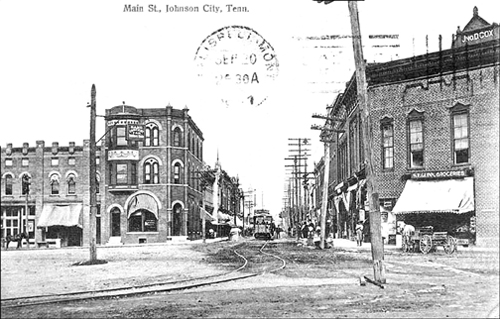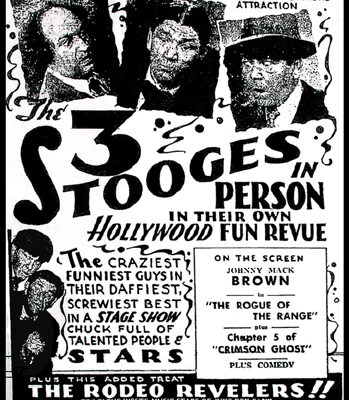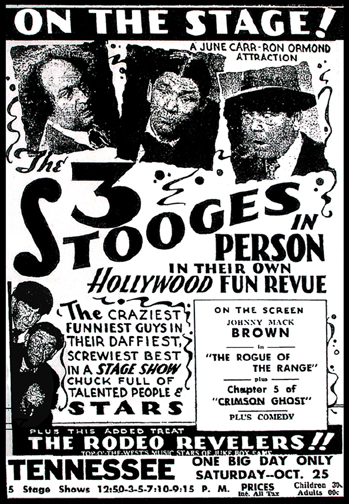The “Tri-Cities Shopping News and TV-Guide,” a 16-page weekly publication, was published every Thursday and sold for a nickel. The staff included M.S. Lusk (co-owner), Harlan P. Milhorn (co-owner/general manager) and Douglas J. Ingells (editor/publisher).

The bold headline for April 7, 1960 boldly proclaimed, “City Granted Charter 75 Years Ago.” The diamond anniversary article titled “A Day to Remember, comprised two pages and referred to Mar. 25, 1885.
Although Johnson City received its first charter on Dec. 1, 1869, it was later rescinded only to have another one granted in early 1885. The diamond anniversary referred to the second charter. The city elected a mayor, four aldermen and a magistrate, which was accomplished on the fourth Wednesday in March of that year. Henry Johnson became the first mayor.
The remainder of the newspaper contained numerous advertisements, a TV guide, a crossword puzzle and a column titled “Norton’s Notions,” written by area businessman, J. Norton Arney, offering a unique and hilarious glimpse of the automobile trade in the 1920s. I will feature it in next week’s column.
Five television station schedules were listed: WJHL-11 (Johnson City), WCYB-5 (Bristol), WBTV-3 (Charlotte), WLOS-13 (Asheville) and WATE-6 (Knoxville). The programming for WJHL brought back many memories for me. The “Little Rascals” came on at 5:00 followed by “Rocky and His Friends (Tue. & Thur.), “Rin Tin Tin” (Mon. & Fri.) and “My Friend Flicka (Wed.).
The lonely housewives had their fair share of soap operas to weep over: “Love of Life,” “Search for Tomorrow,” “The Guiding Light,” “As the World Turns,” “Young Doctor Malone,” “Brighter Day,” “Secret Storm” and “The Edge of Night.”
My favorite program from that era was Arthur Smith and His Crackerjacks that came on over WBTV each Thursday at 7:00. It featured a half-hour of homespun country/western, bluegrass and gospel music at its best. The Crossroads Quartet always concluded each show.
The local movie theatres offered their fare – Sevier: “Suddenly Last Summer” (Elizabeth Taylor, Montgomery Clift and Katherine Hepburn), Majestic: “Home from the Hills” (Robert Mitchum and Eleanor Parker), Tennessee: “The Young Land” (Patrick Wayne and Yvonne Craig) and The Skyline Drive-In: “For the First Time” (Mario Lanzo and Zsa Zsa Gabor).
The Sutz-U Food Market at the corner of Maple and Buffalo Street purchased a half-page ad with several items listed: Hormel Can Hams, $2.69 for a 3-lb. size; fresh lean loin end pork chops, $.43/lb.; Armour’s Oleo, seven lbs.; half-gallon ice milk for $.49 (with coupon); and two loaves of Baker’s Bread for a quarter.
Other advertisement included the Restaurant Village of the John Sevier Hotel, Fields Department Store (104-06 E. Main),” Mullins (Jonesborough Highway), Leach Motor Company (111 Ash, Willys Jeep), Harrison’s Jewelers (203 E. Main), Nance Lanes (401 E. Main), Market Street Furniture Co. (130 W. Market), Huntsman Television Cable Co. (407 W. Walnut offering five stations for $25 and your old antenna) Scarlett Lincoln/Mercury Sales (Kingsport-Bristol Blvd.), Doyle Tire Service (502 W. Market), Carder Hardware (132 W. Market) and Anderson Realty Co. (100 W. Holston at Roan).
The most humorous ad in the Shopping News was by Johnson City Beauty Shop (101.5 Buffalo) proclaiming, “Ladies, Our Hair Color Specialists Invite You to Come in and Get a New Hair Color to Match Your Easter Outfit.”

